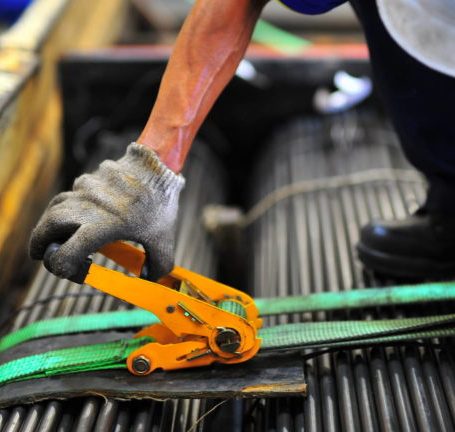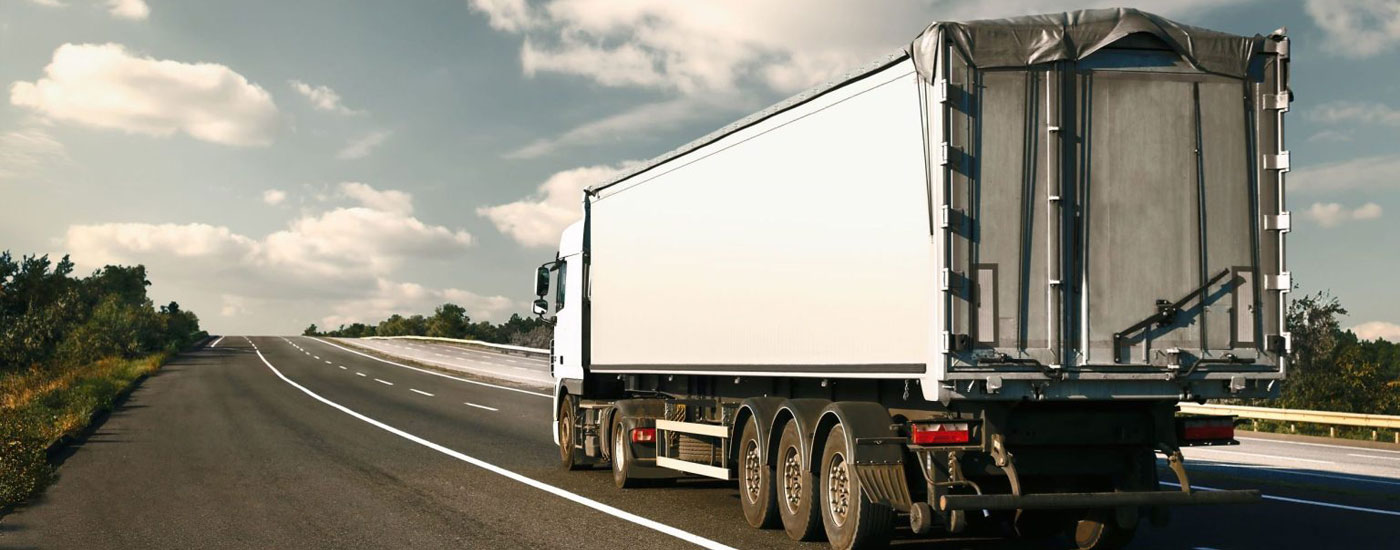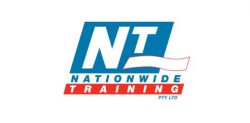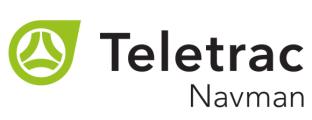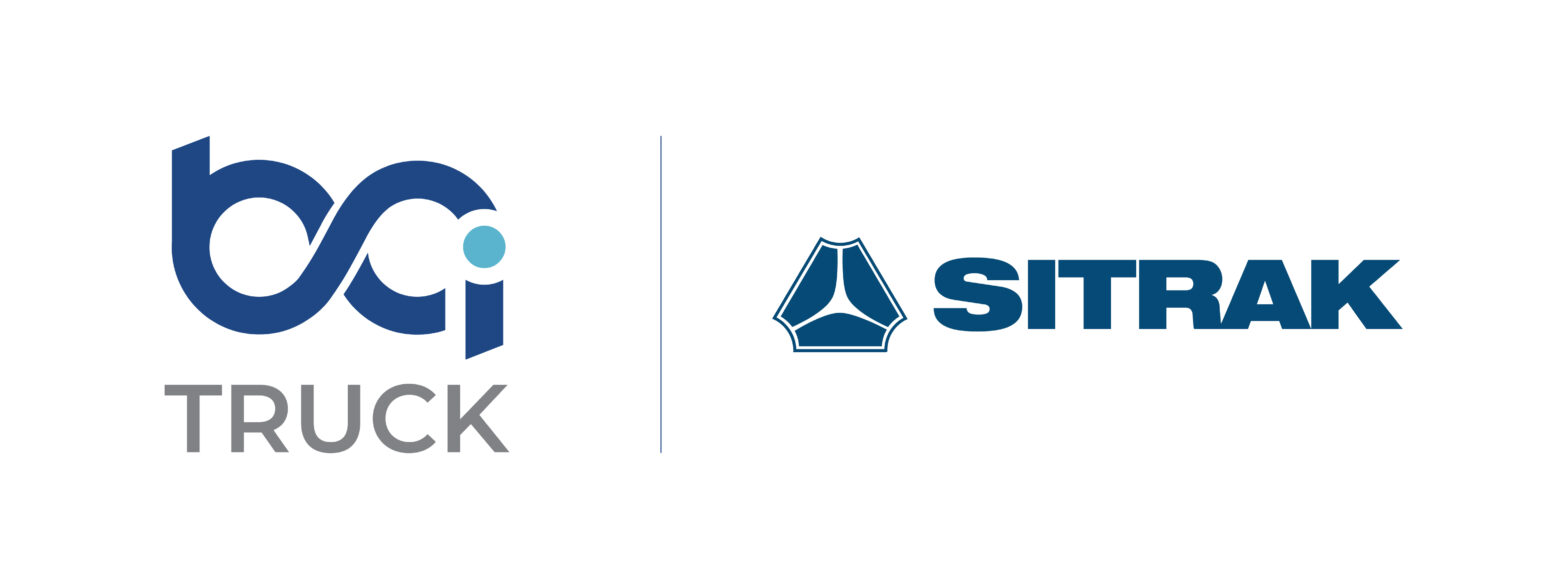Load Restraint
The safe loading of vehicles is vitally important in preventing injury to people and damage to property. Light vehicle drivers (cars, utes and motorbikes) as well as heavy vehicle operators, are responsible for proper load restraint.
The Load Restraint Guide is a modular document: you can use each module independently of the others. Where relevant, the guide will point you to other modules for more information.
The Load Restraint Guide is made up of six modules:
- Overview – important foundational information about load restraint, including why you need to restrain your load, what your legal obligations are, load restraint methods, and key elements that make up a load restraint system.
- Loads – advice on restraining specific load types such as sheets and flat loads, or bales, bags and sacks.
- Vehicles and equipment – information about standard vehicle structures and equipment used in restraining loads.
- Working out load restraint – examples of specific load restraint cases to help you determine how much load restraint you’ll need.
- Certification – why you should have a load restraint system certified and who should do it, as well as a template that can be used by certifiers.
- Technical advice – more detailed information on load restraint calculation. This module is aimed at engineers and designers but can be read by anyone wanting to better understand load restraint..
In Western Australia, the placement and securing of loads on all vehicles are contained in the Road Traffic (Vehicles) Regulations 2014, which specifically reference the Load Restraint Guide 2004 Second Edition.
The exception is for the transport of Dangerous Goods in Australia. The Australian Dangerous Goods Code Edition 7.8 specifically references the Load Restraint Guide 2018 for the placement and securing of Dangerous Goods on all vehicles in Australia.
Load Restraint Guide 2004 Second Edition
Heavy vehicle safety
Here you will find safety guidance material and standards related to heavy vehicles in Western Australia, including safe load restraints, speed limiting, safe use of semi-trailers, compliance inspections, and where to obtain a National Driver Work Diary. READ MORE
Load Restraint WA Training Courses
Nationwide Training offer a 1 day, in depth load restraint training course, which covers the requirements of securing loads to utes, trucks, trailers, freight containers or any vehicle that transports goods by road in Western Australia.
The load restraint course is suitable for all vehicle drivers, freight handlers and company managers/supervisors in charge of transport operations.
Other resources
View the Australian Logistics Council (ALC) rated curtain guidelines for load restraint. This guide explains how to identify load restraint ‘rated’ curtains. It provides general advice on the correct ways to use them as part of the load restraint system.
View Load Restraint Guideline for Customer Pick-ups – Vehicles less than 4.5 GVM
In 2012, Workplace Health and Safety Queensland (WHSQ) completed a campaign to help workers, operators and employers understand the risks involved with securing and releasing loads on heavy vehicles. There were 427 advisory inspections conducted across Queensland by inspectors through to 2015.
Here are the resources that accompanied that campaign:
Safely securing loads on trucks video
Safe handling when securing loads webinar
Work health and safety considerations when selecting a chain tensioning device
